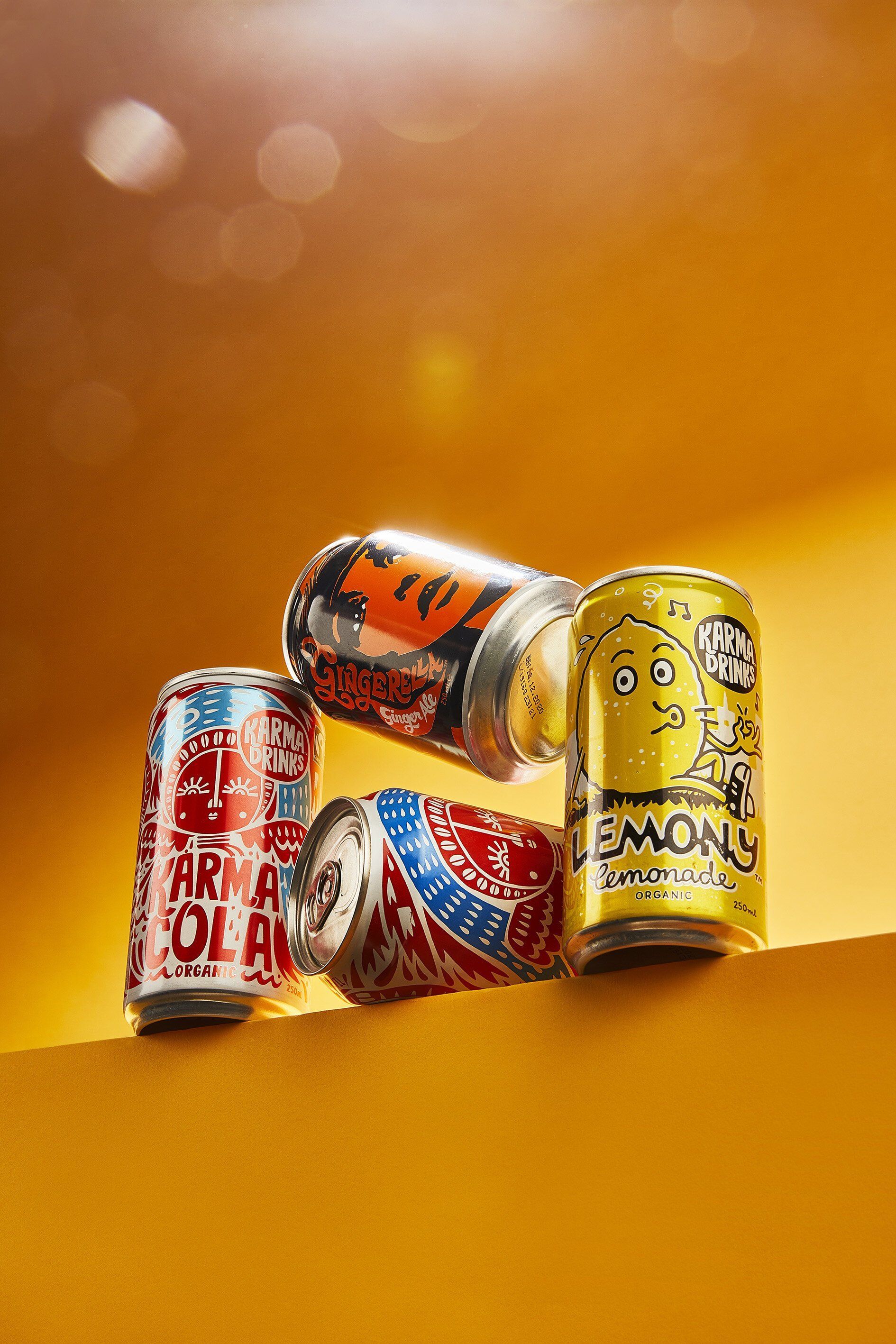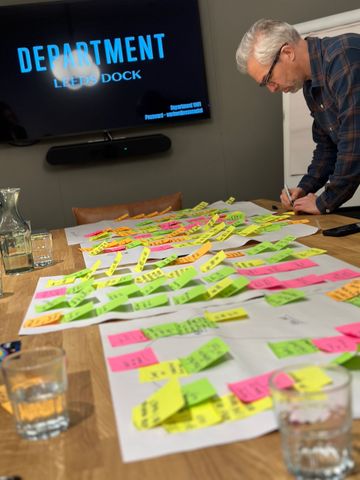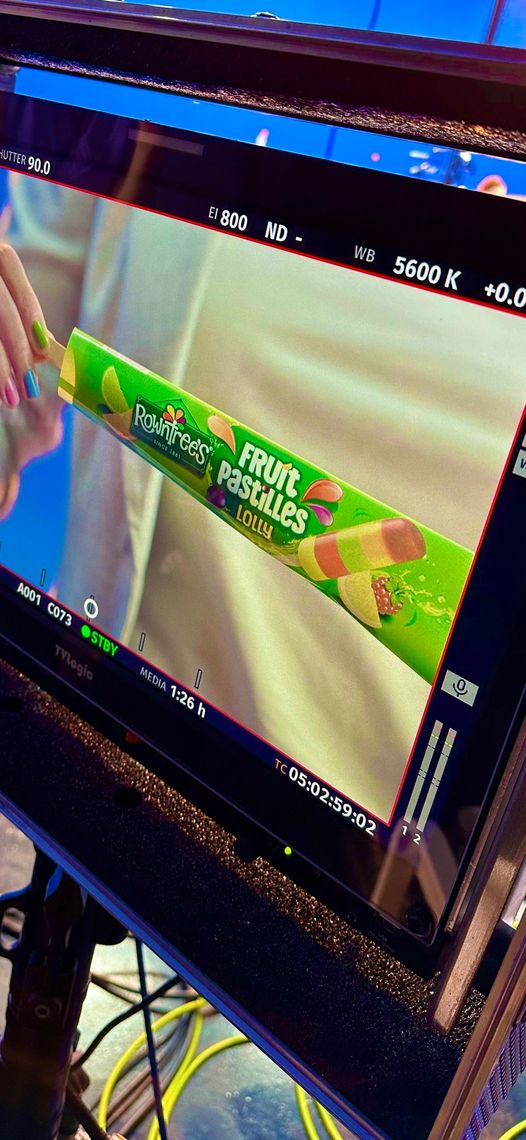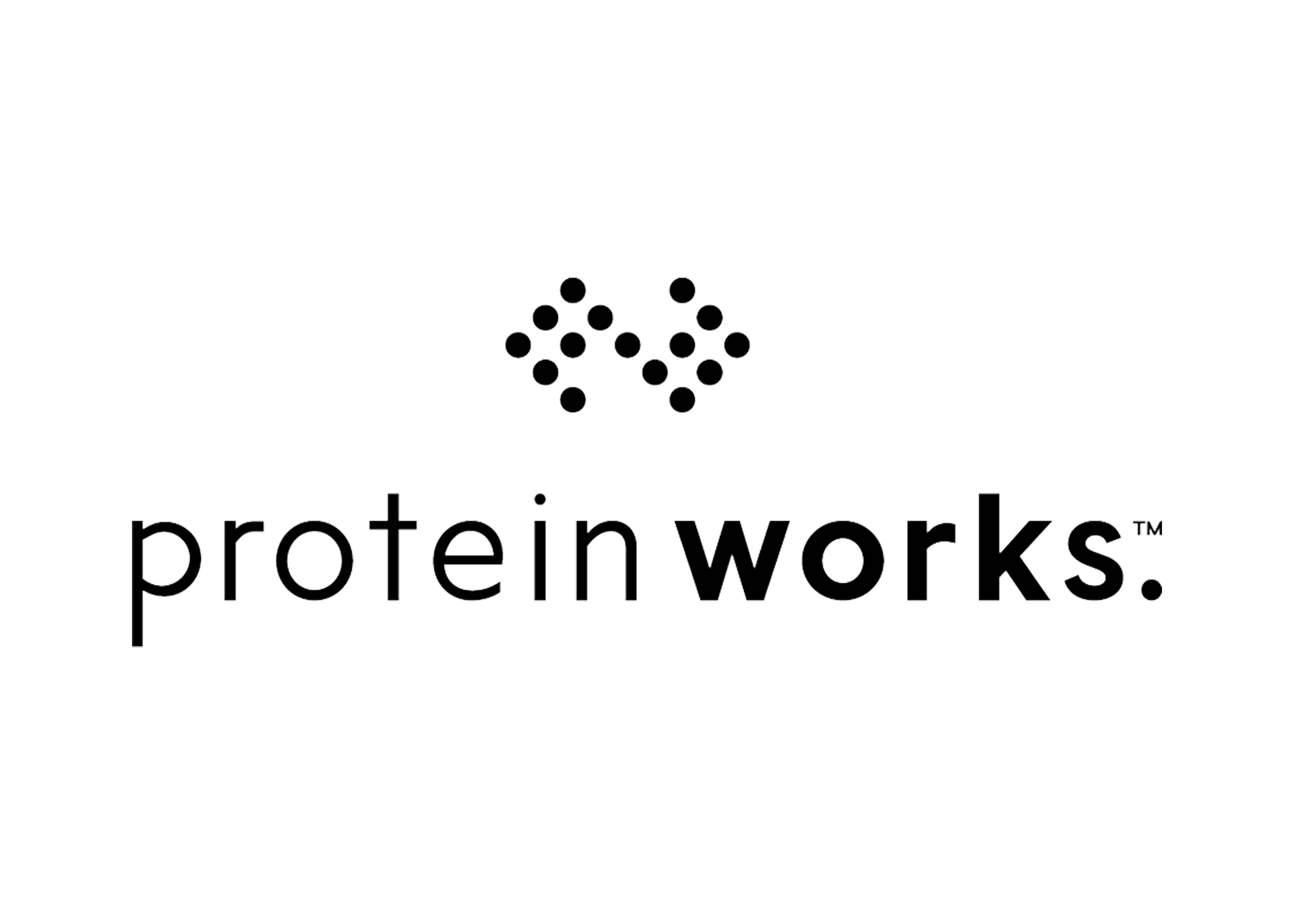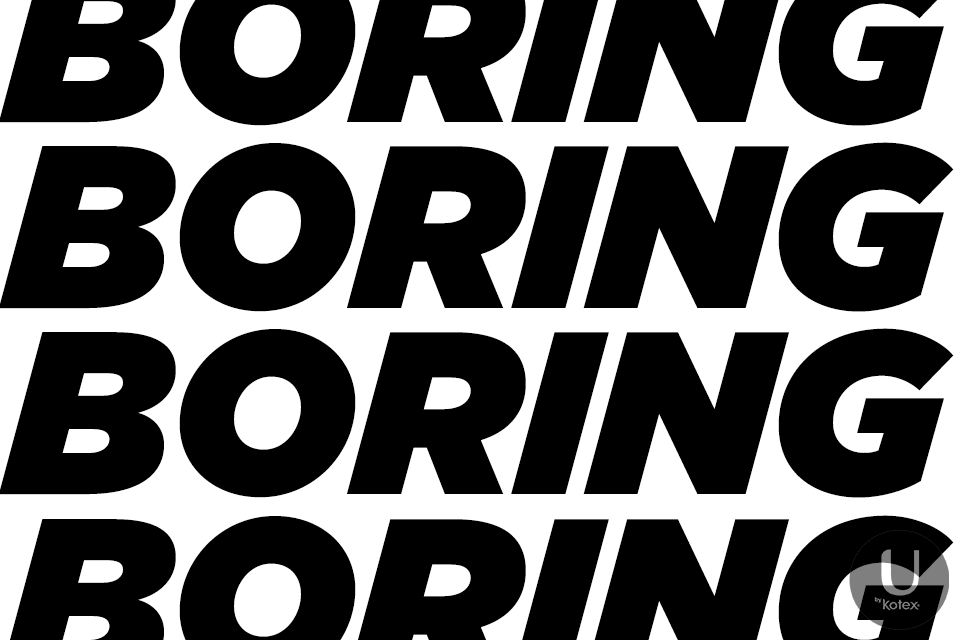SECURE DISTRIBUTION
DRIVE DEMAND
A creative agency that helps B2C brands and businesses to scale-up by securing distribution and driving demand.
OUR CLIENT PARTNERS: JASON'S SOURDOUGH, GAROLLA, PROTEIN WORKS, ROWNTREE'S, TORK, VERY LAZY.
SECURE DISTRIBUTION
We help you get retail-ready, whether you're launching a new brand or refreshing your presence in the trade.
DRIVE DEMAND
We help drive demand through creative campaigns that connect with your audience and elevate your brand.
WORK
This is where the good stuff happens. We're all about turning ideas into reality here at Finn and we're excited to show you what we've been up to.
FIND OUT HOW WE CAN HELP YOUR BRAND
We don’t just give you services — we give you the programmes that make your goals happen.
OUR SERVICES
Secure distribution
Drive demand
CONTACT US TODAY
hello@finncomms.com
stay up to date
JOIN OUR BI- MONTHLY DOWNLOAD
Receive bi-weekly updates from tips to top trends, and get a heads up on upcoming events.
Contact Us


OUR PARTNERS
WHAT'S HAPPENING
BLOG

When we joined the Channel 4 Content Creatives programme through 4Skills, our aim at Finn was simple: to show that creative talent really can come from anywhere. We expected some interest. What we didn’t expect was more than 2,000 people applying for fewer than 20 places. That number stopped us in our tracks. It showed just how much creative ambition there is across the UK and how many people are still looking for a way in. Thousands of people from every corner of the country were essentially saying the same thing: give me a chance to show what I can do. Talent is everywhere. Opportunity isn’t. Opening the Door The Content Creatives programme gives people that first real step into the creative industries. It offers paid training, hands-on placements and a chance to experience agency life from the inside. At Finn, we’ve now hosted three of those placements and we’ve seen exactly what happens when you open that door. Our trainees brought fresh ideas, energy and new perspectives that pushed us forward. They challenged how we approach campaigns and reminded us what creativity feels like when it’s fresh, fearless and unfiltered. They made us better. Simple as that. Rethinking How We Hire Two thousand applications should make everyone in the industry stop and think. The hunger is there, but the routes in are still too narrow. We need to ask ourselves some honest questions. Are we hiring for potential or for polish? Are we offering chances to people without the traditional experience? Are we open to the idea that creative talent doesn’t always look or sound the same? If we keep recruiting from the same places, we’ll keep creating the same work. What We Learned Creativity doesn’t belong to one postcode or one type of person. It exists in people who tell stories online, film videos on their phones, design for local causes or simply see the world differently. Our trainees’ instincts for digital culture, storytelling and social media added real value to our client work. They reminded us that innovation often comes from people who haven’t yet learned the supposed rules. What Comes Next At Finn, we’re taking everything we’ve learned from this programme and building on it. We’ll continue to create space for people with different perspectives and to question what it really means to be qualified. Those 2,000 applicants showed us how much untapped creativity exists across the country. It’s now up to all of us in the industry to make sure those people are seen and heard.

In the crowded aisles of the supermarket and the endless scroll of online retail, the brands that win are those that are instantly recognisable, easy to recall, and impossible to ignore. When asked, consumers often find it hard to explain why they can point out a brand, it’s just meaninglessly distinctive. This is the key to Driving Demand. For FMCG brands, this is not just a matter of luck or budget—it’s the result of a disciplined focus on brand signals, distinctive assets, and mental availability. What Are Brand Signals? Brand signals are the cues—visual, verbal, and sensory—that communicate your brand’s identity and values at every touchpoint. In FMCG, where purchase decisions are made in seconds, these signals must be clear, consistent, and compelling. Key brand signals include: Logo and Colour Palette: The first visual handshake with the consumer. Packaging Design: The silent salesperson on the shelf. Tone of Voice: The personality that comes through in every message. Brand Rituals: Unique ways consumers interact with your product (e.g., Oreo’s “Twist, Lick, Dunk”) 1 . Sensory Cues: Sounds, smells, or textures that reinforce brand memory (think the pop of a Pringles can or the scent of a branded soap) Distinctive Brand Assets: Your Competitive Kryptonite Distinctive assets are the unique, ownable elements that make your brand stand out and stick in the mind. They are not just “nice to have”—they are proven drivers of brand recall and preference. It is these that drive demand and the holy FMCG grail of penetration Examples of distinctive assets in FMCG: Jason’s Sourdough: Jason’s distinctive thick-rimmed glasses Rowntree’s Fruit Pastille : the stack of rainbow colour Coca-Cola’s Contour Bottle: Instantly recognisable, even without a logo. McDonald’s Golden Arches: A global symbol of fast, consistent and dare we say it delicious food. Why do they matter? They cut through the noise in cluttered categories. They build memory structures, making your brand easier to recall at the point of purchase (driving demand). They create emotional connections, fostering loyalty and advocacy (penetration) Mental Availability: Winning the Battle for Attention Mental availability is the likelihood that your brand comes to mind in a buying situation. It’s not just about awareness—it’s about being top-of-mind when and where it matters most. How to build mental availability: Create Strong Memory Links: Consistently use your distinctive assets across all channels and touchpoints. Align with Category Entry Points (CEPs): Understand the cues and situations that trigger purchase in your category, and ensure your brand is associated with them. Reach Broad Audiences: Don’t over-target; the goal is to be remembered by as many potential buyers as possible Consistency is Key: Every interaction, from advertising to packaging, should reinforce the same signals and assets The Compound Effect in FMCG When brand signals and distinctive assets are deployed consistently, they supercharge mental availability. This means: Faster, easier consumer choices: Your brand is the shortcut in a busy mind. Greater resilience to competitive activity: Distinctive assets are hard to copy and easy to defend. Sustained growth: Brands with high mental availability grow faster and command greater loyalty. Practical Steps for FMCG Brands Audit Your Brand Assets: Identify what is truly distinctive and what is generic. Codify and Protect: Trademark your most valuable assets where possible. Embed in Every Touchpoint: From ATL campaigns to shelf-edge, ensure assets are visible and consistent. Measure and Optimise: Use data to track recall and association, refining as you go. In the world of FMCG, the brands that thrive are those that invest in building and consistently deploying their brand signals and distinctive assets. This is the foundation of mental availability—and the key to winning at the moment of choice. For an audit of your brand and a free workshop to help you unlock new potential


